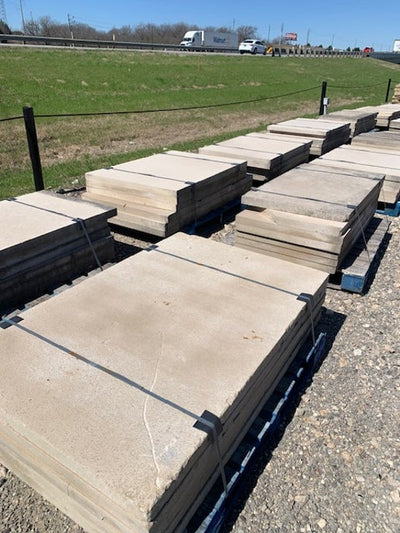Oak Bur
Oak Bur
Product Installation Cost Estimator
Estimated Total Price
Loading installation fees...
1. Installation Option
Description: The Bur Oak is a stately tree with a broad, rounded crown and deeply lobed, glossy green leaves. The leaves have a distinctive silhouette, with rounded lobes that resemble a crown or "bur," hence the name "Bur Oak." In the fall, the foliage turns shades of yellow, brown, and orange, adding to the tree's ornamental appeal. The bark of mature Bur Oaks is rough and deeply furrowed, with a rugged and gnarled appearance. In spring, the tree produces inconspicuous greenish-yellow flowers that develop into acorns with distinctive fringed caps.
Size: Bur Oaks are among the largest oak species, capable of reaching impressive sizes at maturity. They typically grow to heights of 70 to 100 feet (21 to 30 meters) with a spread of 60 to 80 feet (18 to 24 meters). Some specimens may even exceed these dimensions under optimal growing conditions. Bur Oaks have a slow to moderate growth rate, with young trees establishing a strong root system before putting on significant above-ground growth.
Best Growing Zones: Bur Oaks are native to a wide range of climates and are well-adapted to various growing conditions. They are commonly found throughout much of the central and eastern United States and parts of Canada. Bur Oaks thrive in USDA hardiness zones 3 through 8, making them suitable for a broad geographic range. They are highly adaptable to different soil types, including clay, loam, and sandy soil, as well as a range of moisture levels, from dry to moist.
Soil Requirements: Bur Oaks are tolerant of a wide range of soil conditions, including acidic, alkaline, sandy, and clay soils. They prefer well-drained soil but can tolerate periodic flooding and drought once established. Bur Oaks have deep taproots that help them access water and nutrients from the soil, making them relatively drought tolerant compared to other tree species. Adding organic matter such as compost or aged manure to the planting hole can improve soil fertility and structure.
Maintenance: Bur Oaks are relatively low-maintenance trees once established but benefit from regular watering during periods of drought, especially during the first few years after planting. Mulching around the base of the tree helps retain soil moisture, regulate soil temperature, and suppress weeds. Pruning is typically minimal and may only be necessary to remove dead, diseased, or damaged branches or to shape the tree for aesthetic purposes. Prune Bur Oaks in late winter or early spring before new growth begins.






